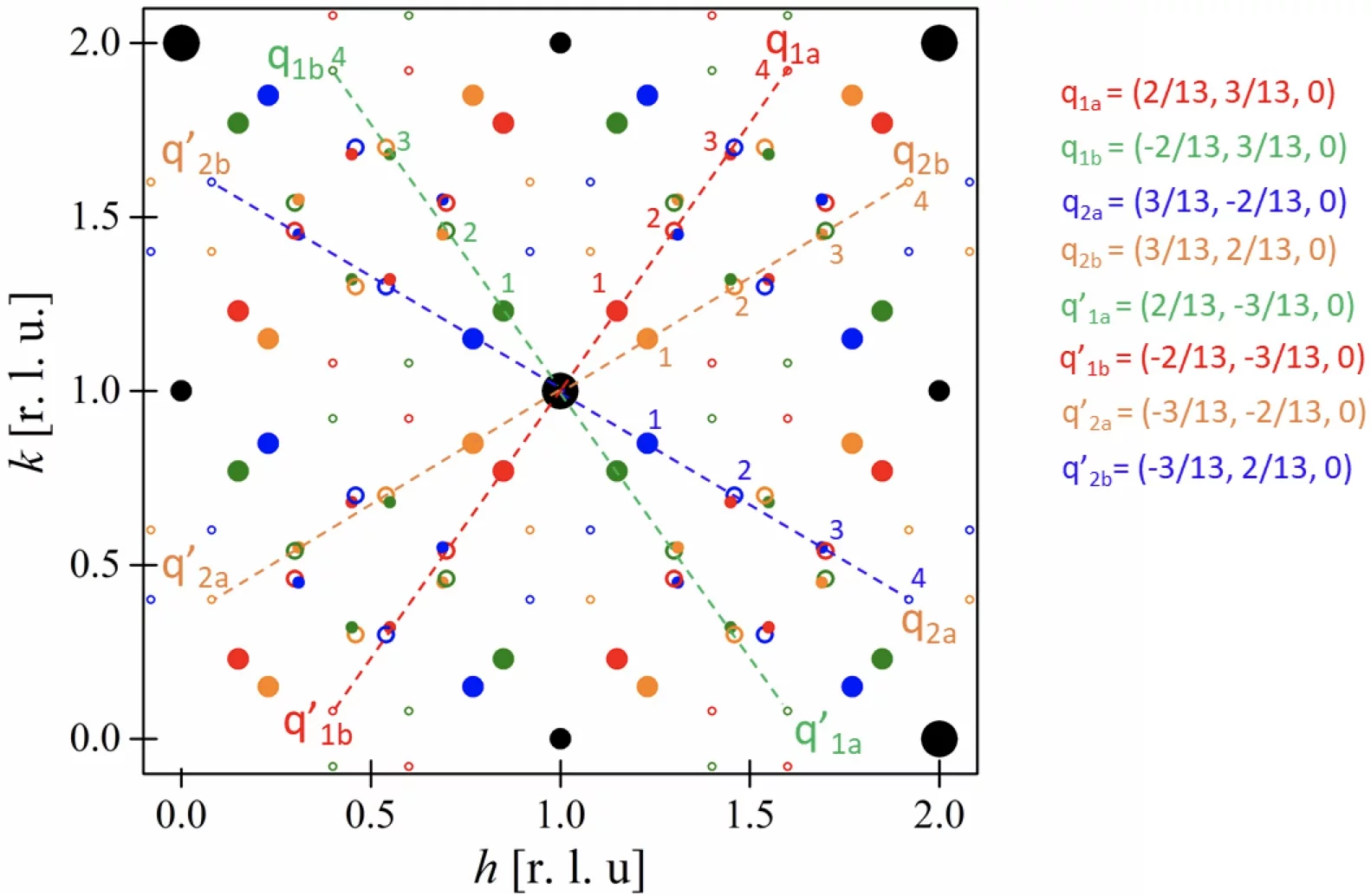Hole doping in Nd2NiO4.00 can be achieved either by substituting the trivalent Nd atoms by bivalent alkaline-earth metals or by oxygen doping, yielding Nd2NiO4+δ. While the alkaline-earth-metal atoms are statistically distributed on the rare-earth sites, the extra oxygen atoms in the interstitial lattice remain mobile down to ambient temperature and allow complex ordering scenarios depending on δ and T. Thereby the oxygen ordering, usually setting in far above room temperature, adds an additional degree of freedom on top of charge, spin, and orbital ordering, which appear at much lower temperatures. In this study, we investigated the interplay between oxygen and spin ordering for a low oxygen doping concentration, i.e., Nd2NiO4.10. Although the extra oxygen doping level remains rather modest with only 1 out of 20 possible interstitial tetrahedral lattice sites occupied, we observed by single-crystal neutron diffraction the presence of a complex three-dimensional (3D) modulated structure related to oxygen ordering already at ambient, the modulation vectors being ±2/13a*±3/13b*, ±3/13a*±2/13b*, and ±1/5a*±1/2c*, and satellite reflections up to fourth order. Temperature-dependent neutron-diffraction studies indicate the coexistence of oxygen and magnetic ordering below TN≃48 K, the wave vector of the Ni sublattice being k=(100). In addition, magnetic satellite reflections adapt exactly the same modulation vectors as found for the oxygen ordering, evidencing a unique coexistence of 3D modulated ordering for spin and oxygen ordering in Nd2NiO4.10. Temperature-dependent measurements of magnetic intensities suggest two magnetic phase transitions below 48 and 20 K, indicating two distinct onsets of magnetic ordering for the Ni and Nd sublattices, respectively.
Facility: SINQ, SLS, FRM-II
Reference: S.R. Maity et al, Physical Review Materials 5, 014401 (2021)
Read full article: here


